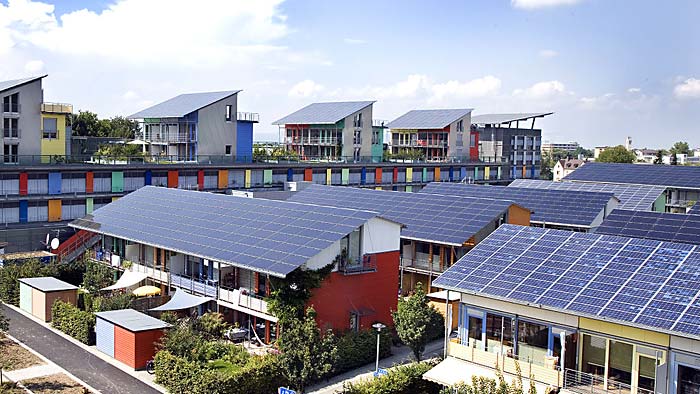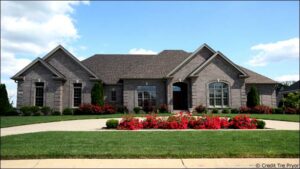The future of sustainable housing is changing the way houses and buildings are being built, not just the materials that are used. It has to start from the foundations themselves. Sustainable housing ideally involves a home that is completely green and energy-efficient.

Shifts in our climate and ecosystem have changed many people’s attitudes, toward a greener and more ecologically healthier life.
When it comes to housing and construction, government rules, regulations, and codes are also changing to the new circumstances. There’s a greater focus on sustainable roofs, walls, energy-efficient power, and water systems.
The focus of all new sustainable housing centers on renewable energy sources and conservation.
Building a New House
If you are building a new house, your primary focus should first be on the building materials. Ideally, they should be recycled and reprocessed materials. The future of sustainable housing would be if these materials are still recyclable in their current form so that they can be reused… yet again.
It’s great if they are also energy-efficient, meaning that they do not hold or release too much heat or cold. This goes for the walls, as well as, for the roofs.
Insulation and walls that breathe are both very important because they help to regulate the levels of humidity. This keeps the air circulating in order to create a more healthy living environment.
Sustainable Materials and Green Roofs
Fired bricks, straw, clay, rammed earth, and wood is some of the best sustainable materials for walls. You can even use hay and straw for insulation. These materials are durable, and eco-friendly and their production doesn’t require great amounts of energy or carbon dioxide. This means they don’t create extra pollution for our atmosphere.
The best organic and recycled materials for roofs are metal and wood.
But even more sustainable and energy-efficient is the growing trend of green roofs. These are roofs that are partially or completely covered with plants and different vegetation. They can function as insulation, both acoustic and thermal, they absorb water and block UV rays.
In urban areas, with little green surfaces, they can be valuable producers of clean oxygen, reducing air pollution. But roofs can also serve another purpose: they can be the basis of your renewable energy power system. Look for a roofing company that can handle all these different options for you.
Powering Your House
The future of sustainable housing involves powering your house using primarily renewable, natural energy: sun, wind or water.
The most widely spread renewable energy power system is the solar electric system. It involves installing solar panels on your roof which then absorb the sunlight and use it to heat your house as well as power all or some of your electronics. Solar water heaters use sunlight to heat the water in your house.
Sustainable, green living, using and reusing natural organic materials and renewable energy is not only environmentally friendly, but it is also a way to help our environment in a way that saves you money. In most cases, it will cut your utility costs by reducing the amount of energy and water you use but it will also reduce the amount of waste your home produces.



